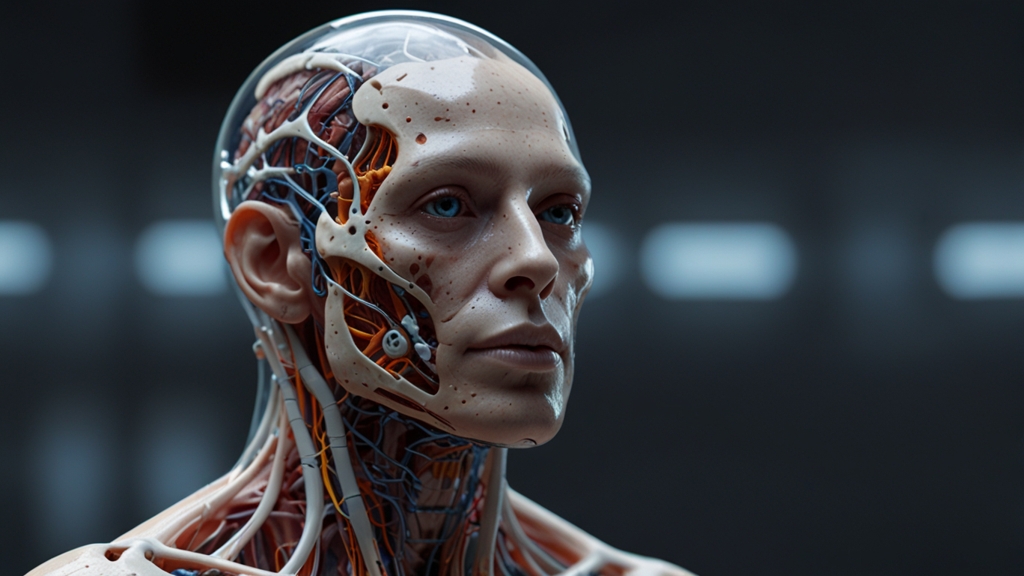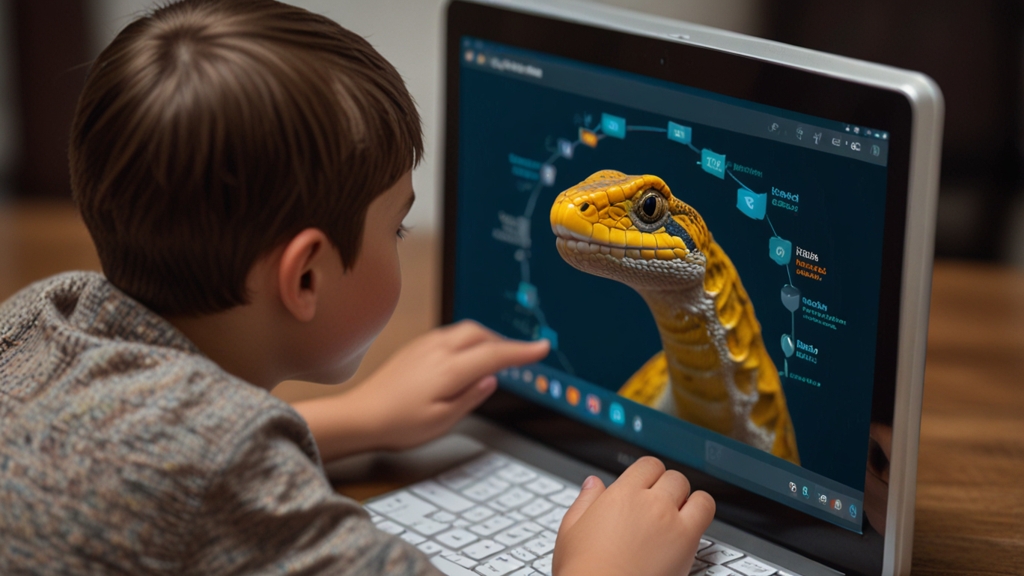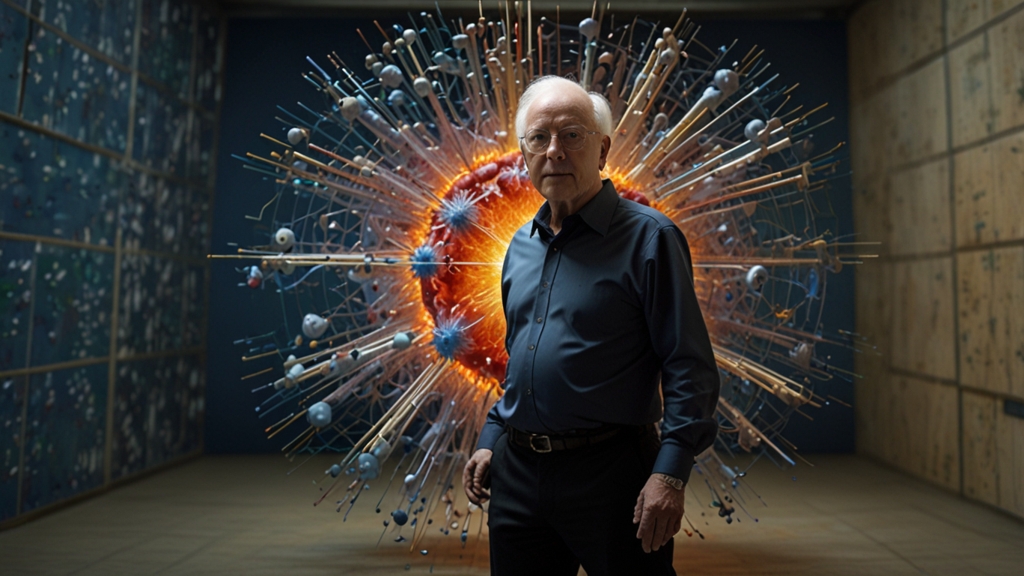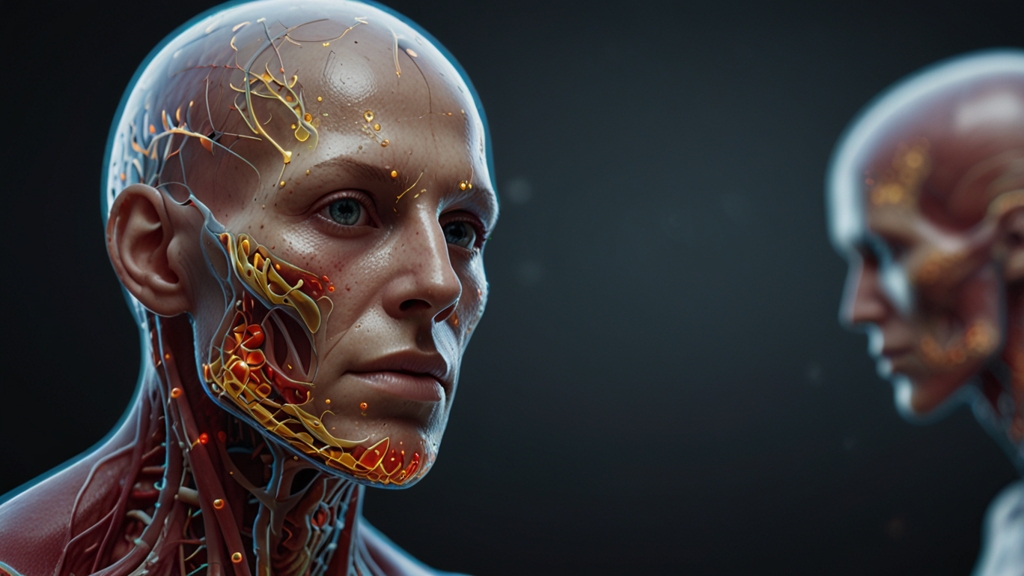Tech Meets Biology: The Future of Human Enhancement
The convergence of technology and biology is rapidly evolving, giving rise to a new era of human enhancement. This powerful synergy is not just enhancing our physical abilities, but also revolutionizing our mental and emotional capacities. From gene editing to neural implants, the frontiers of human enhancement are being pushed into realms previously confined to the pages of science fiction.
The Evolution of Human Enhancement
Human enhancement isn't a novel concept; it dates back to the use of tools and the development of medical interventions to extend life and improve health. However, the current trajectory suggests that we are on the cusp of extraordinary breakthroughs. Technologies like CRISPR and advanced prosthetics are just the beginning.
CRISPR-Cas9, a revolutionary gene-editing technology, allows for precise, directed changes to genomic DNA. This could potentially eliminate genetic disorders, improve our natural disease resistance, and even enhance physical and cognitive traits.
Neural Interfaces: Bridging Minds and Machines
One of the most thrilling advancements in human enhancement is the development of neural interfaces. These devices create direct communication pathways between the brain and external devices. Companies like Neuralink are at the forefront, exploring ways to treat neurological conditions and, eventually, enhance human capabilities beyond natural limits.
Imagine a world where a symbiotic relationship between minds and machines can facilitate superhuman cognitive abilities. Real-time access to information, memory augmentation, and mental health improvements could become achievable milestones in the near future.
Advanced Prosthetics: Beyond Human Limitations
Prosthetics have evolved significantly from simple wooden appendages to sophisticated mechanical limbs. Modern prosthetics can now be controlled by neural impulses, offering a level of dexterity and efficiency that rivals, and sometimes exceeds, natural human limbs. DARPA's involvement in advancing prosthetics for veterans has accelerated research tremendously, contributing to innovations that are not just functional but also intuitive.
Take, for example, the LUKE arm, a prosthetic device inspired by the fictional arm of Luke Skywalker from "Star Wars." Controlled by electrical signals from muscle movements, it allows for multiple precision grips, marking a significant leap forward in prosthetics engineering.
Ethical Considerations
While the potential benefits of human enhancement are staggering, they come with a plethora of ethical dilemmas. Issues such as equitable access, consent, and the potential for misuse are areas that require careful scrutiny. The societal impact of creating a population with enhanced abilities could widen existing inequalities, raising questions about the definition of "normal" and the essence of human identity.
Moreover, as enhancements become more integrated into our daily lives, there will be a pressing need to establish a regulatory framework that ensures safety and fairness while promoting innovation.
Looking Ahead
The future of human enhancement is a landscape of unprecedented possibilities. Bionic eyes could restore vision to the blind, and genetic alterations might eradicate congenital diseases. As we advance, the line between human and machine will become increasingly blurred, making it imperative to carefully consider the ethical and social ramifications of such technologies.
"The oldest and strongest emotion of mankind is fear," wrote H.P. Lovecraft, "and the oldest and strongest kind of fear is fear of the unknown." As we stand on the precipice of these groundbreaking innovations, it is only natural to experience a blend of excitement and apprehension.
Ultimately, the harmony between technology and biology represents the next giant leap for humanity. By addressing the challenges and embracing the opportunities, we can shape a future where human potential is not just enhanced, but redefined.













